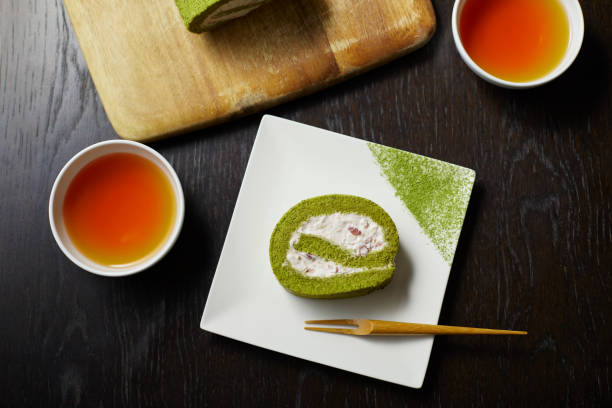Welcome to my article about “Matcha And Green Tea Difference”. Tea has been a beloved drink for many years, threading through different cultures and societies worldwide. Matcha and green tea are notable among the many kinds of tea, not only for their distinct flavors but also for their rich cultural significance and health advantages. As we explore the realm of these two exceptional teas, we discover a deep history, tradition, and careful craftsmanship honed over generations.
The plant known as Camellia Sinensis is responsible for producing matcha and green tea, but they each go through unique processes from when they are leaves to when they are served in a cup. Green tea, a common choice in many homes, is appreciated for its refreshing taste and numerous health benefits. Its leaves are generally picked, promptly steamed, or pan-fired to prevent oxidation and then rolled and dried. This process maintains a vibrant green color and fresh flavor, offering a delicate balance of grassy and sweet notes.
In contrast, matcha follows a more complex journey. Originating from Japan, matcha is not just a tea but a ceremonial experience. The cultivation of matcha begins several weeks before harvest when the tea plants are shaded to increase chlorophyll production. This shading process enhances the leaves’ amino acid content, particularly L-theanine, contributing to matcha’s distinctive umami flavor. After harvesting, the leaves are steamed, dried, and ground into a fine, bright green powder. When whisked with water, this powder creates a rich, bubbly beverage that is both refreshing and calming.
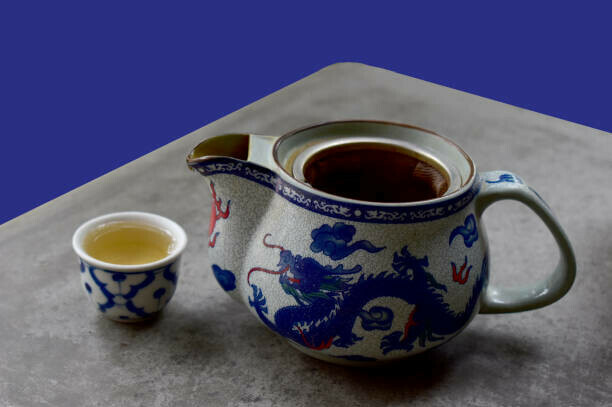
The historical origins of matcha and green tea go way back. Green tea has been enjoyed in China for over a thousand years, beginning with the Tang Dynasty. During this time, tea culture began to thrive, with green tea becoming a symbol of elegance and refinement. The tea was often consumed by scholars and poets, who celebrated its ability to inspire clarity and contemplation.
Meanwhile, matcha’s history is closely tied to the Japanese Zen Buddhist tradition. Brought to Japan by the monk Eisai in the 12th century, matcha became integral to meditation practices. The mindful preparation and consumption of matcha during tea ceremonies were seen as a way to achieve mindfulness and spiritual enlightenment. This ceremonial aspect of matcha drinking has endured through the ages, making it a profound symbol of Japanese culture.
The cultural significance of matcha and green tea extends beyond their countries of origin. These teas are celebrated worldwide for their health benefits, including rich antioxidant content, potential weight loss aid, and the ability to promote relaxation and mental clarity. Whether you are savoring a refreshing cup of green tea or indulging in matcha’s rich, umami taste, you are engaging in a tradition that crosses borders and generations. As we continue to explore the world of tea, matcha, and green tea remain enduring symbols of the beauty and complexity of this timeless beverage.
Exploring the Garden of Flavor: Tasting Matcha Versus Green Tea
Discovering the world of flavor with matcha and green tea is like embarking on a sensory journey through vibrant cultures and lush landscapes. Each sip communicates a story of careful cultivation, distinct processing, and the rich legacy of tea. The unique taste profiles of matcha and green tea attest to their different origins and the skill behind their creation.
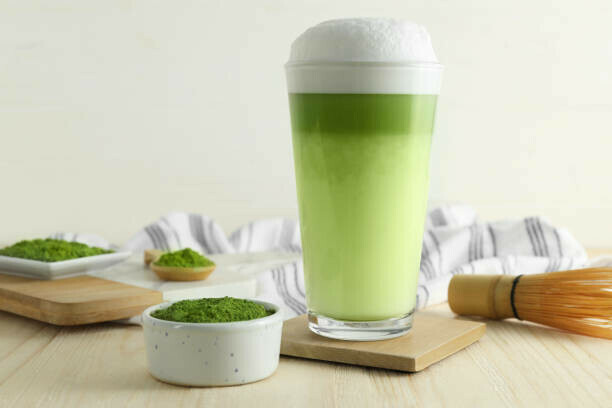
Matcha engages the palate with its creamy texture and intricate flavor. The first sip brings a smooth, slightly sweet taste and a profound umami essence that lingers. This savory flavor comes from elevated levels of L-theanine and chlorophyll, which develop during the shading process of the tea plants weeks before harvest. The end product, a finely ground powder, is whisked into a frothy beverage, providing a full-bodied experience that is both refreshing and calming.

In contrast, green tea offers a lighter, more rejuvenating profile with a delicate balance of grassy, vegetal, and sometimes floral notes. The flavor can differ significantly depending on the variety of green tea and how it is processed. For example, Japanese green teas like Sencha and Gyokuro are usually steamed, preserving a sweet, tender flavor with hints of seaweed. Chinese green teas like Dragon Well (Longjing) are frequently pan-fired, resulting in a chestnut-like, slightly toasty taste.
The tea taste is influenced by several factors, including soil composition, climate, and preparation methods. The terroir in which the tea is grown dramatically affects its taste. Nutrient-rich soils and optimal weather conditions contribute to the development of distinctive flavor compounds. Additionally, how tea leaves are processed after harvesting—whether steamed, pan-fired, or dried—plays a critical role in defining their final flavor profiles.
Customizing your tea experience is essential to genuinely savoring these nuances. Individual palates can perceive the flavors of matcha and green tea differently. Some may enjoy the rich umami of matcha, while others may prefer green tea’s light, grassy notes. Experimenting with different types, brewing methods, and serving styles can help you find your unique preferences.
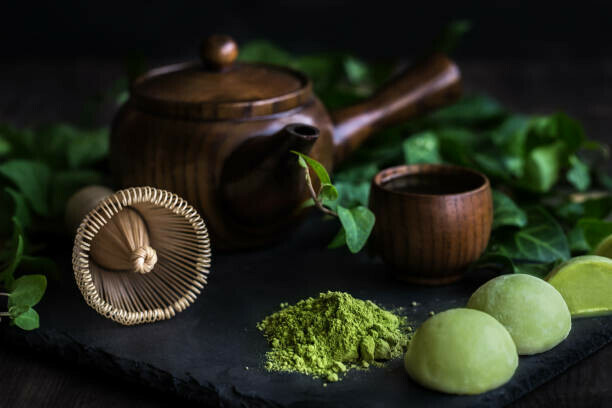
Pairing matcha and green tea with food and beverages can enhance your tasting experience. Matcha pairs wonderfully with sweet treats such as mochi, pastries, and even chocolate, as its rich, savory taste complements and balances the sweetness. Try matcha with fresh fruit or a tangy yogurt parfait for a refreshing combination. With its lighter profile, green tea pairs beautifully with various foods. Its subtle flavors enhance dishes like sushi, salads, and light seafood, creating a harmonious dining experience. Green tea also complements mildly flavored cheeses and can be enjoyed alongside light desserts like fruit tarts or green tea ice cream.
In the realm of tea, matcha, and green tea stand out as two exceptional varieties, each offering a unique journey of flavors. Understanding their unique characteristics, the influences on their flavor, and how to tailor your experience will allow you to thoroughly engage in the beautiful realm of these exceptional teas. Whether you are a seasoned tea enthusiast or a curious newcomer, discovering the world of flavor with matcha and green tea promises an adventure for your senses.
Whisking Through Health Benefits: Comparing Matcha and Green Tea
Exploring the health benefits of Matcha and green tea uncovers a wealth of nutritional value and scientifically supported advantages that can enhance your journey to wellness. These teas, which come from the Camellia sinensis plant, offer distinct health benefits that address various physical and mental well-being aspects.
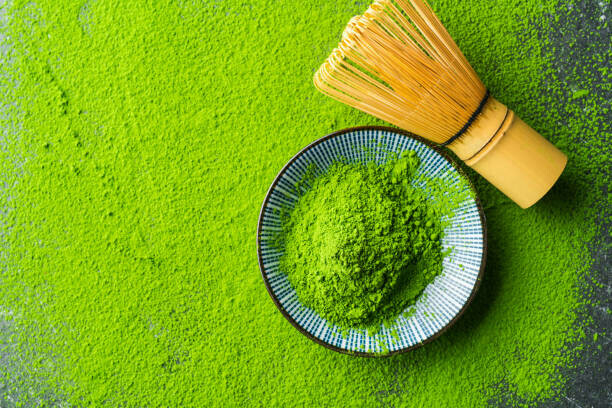
Matcha is rich in nutrients thanks to its vibrant powdered form. It is very rich in vitamins A, C, and E, along with vital minerals such as potassium, calcium, and iron, and packed with chlorophyll. Matcha is rich in catechins, including the potent antioxidant epigallocatechin gallate (EGCG). Unlike traditional green tea, which involves steeping and discarding the leaves, Matcha requires consuming the entire leaf, offering a more concentrated source of nutrients and antioxidants.
While less concentrated than Matcha, green tea still offers significant health benefits. It contains a variety of polyphenols, catechins, and flavonoids that contribute to its health properties. Green tea is primarily known for its high concentration of EGCG, which is recognized for its potent antioxidant properties. Moreover, green tea provides a rich supply of amino acids, vitamins B and C, and vital minerals.
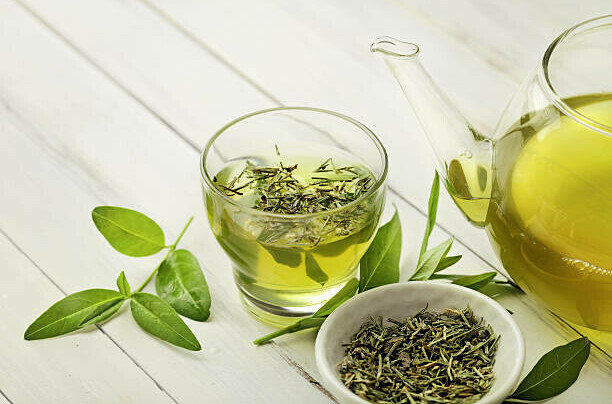
The extensive scientific research supports Matcha and green tea’s wide-ranging potential health advantages. Both teams are renowned for enhancing metabolism and assisting in weight management. The catechins in these teas boost fat oxidation and improve insulin sensitivity, effectively promoting a healthy weight. Additionally, combining caffeine and L-theanine in Matcha and green tea induces a calm yet alert state, improving mental clarity and focus without the jittery effects often associated with coffee.
It is essential to maintain good health by taking in antioxidants, and Matcha and green tea are rich sources. The significant amounts of EGCG found in both teas aid in fighting oxidative stress, which lowers the chances of developing long-term illnesses like heart disease, diabetes, and specific types of cancer. Additionally, these antioxidants help maintain healthy skin by shielding it from UV damage and promoting a youthful appearance.

Recent studies continue to emphasize the remarkable health effects of Matcha and green tea. Research has indicated that regular consumption of these teas can reduce LDL cholesterol levels, enhance cardiovascular health, and improve brain function. The lower risk of neurodegenerative diseases such as Alzheimer’s and Parkinson’s is also attributed to the anti-inflammatory properties of EGCG. Furthermore, the detoxifying properties of chlorophyll in matcha aid in liver health and overall detoxification.
In summary, Matcha and green tea are not only beverages; they are potent elixirs that provide a wide range of health benefits. By including these teas in your everyday schedule, you can harness their nutritional benefits and embark on better health. Whether you prefer the robust, earthy flavor of Matcha or the light, refreshing taste of green tea, both offer numerous benefits that make each sip worthwhile. As ongoing research reveals their potential, Matcha and green tea remain health-boosting superstars.
Brewing Techniques and Traditions: Preparing Matcha and Green Tea
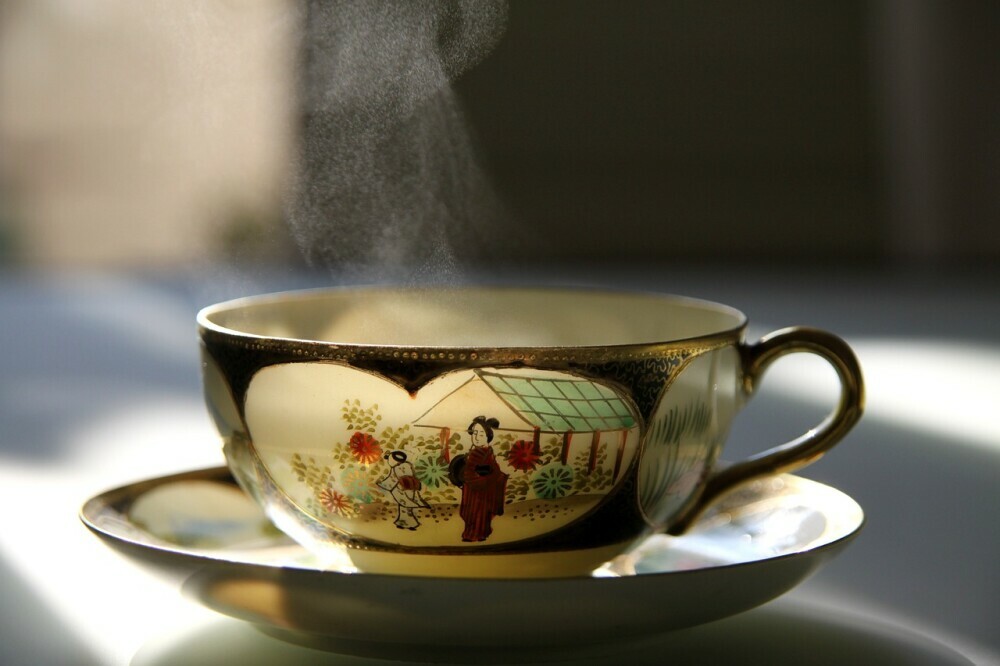
Brewing a perfect cup of matcha or green tea involves an art that combines tradition with technique, turning simple tea leaves into a delightful experience. Preparing these teas is more than just using hot water; it’s about respecting ancient practices while exploring innovative methods to introduce new flavors and experiences to your cup.
To make traditional matcha:
- Begin with high-quality matcha powder.
- Sift one to two teaspoons into a bowl to ensure a smooth texture and prevent clumps.
- Add a small amount of hot water, ideally around 175°F (80°C), and vigorously whisk using a bamboo whisk (Chasen) in a zigzag motion until the tea turns frothy and vibrant green.
The bamboo whisk is crucial as it aerates the matcha, improving its creamy texture and flavor. Pour the remaining hot water, about 2-4 ounces, into the bowl and continue whisking until thoroughly blended. This will result in a rich, umami-filled cup of matcha that pleases the senses.
On the other hand, green tea requires a gentler approach. Start by heating the water to around 160-185°F (70-85°C), depending on the type of green tea being used. For instance, Sencha is best brewed at lower temperatures to maintain its sweet, grassy notes, while Gyokuro can handle slightly higher temperatures. Infuse one teaspoon of tea leaves per cup in a teapot or infuser, then pour hot water over the leaves. Allow them to steep for 1 to 3 minutes while occasionally tasting to achieve the desired strength, as steeping for too long can lead to bitterness.
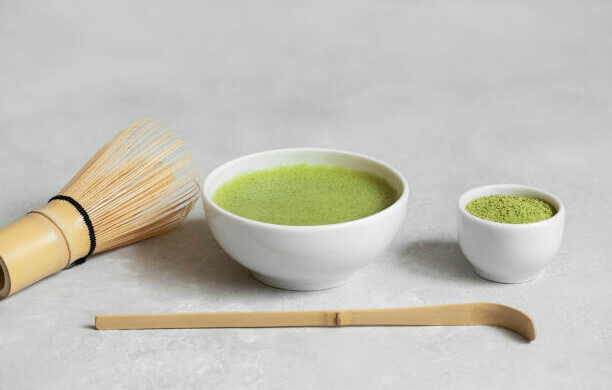
The tools you utilize can enhance your tea brewing experience. Traditional Japanese tea sets for matcha incorporate a Chawan (ceramic bowl), Chashaku (bamboo scoop), and Chasen, designed to improve the ceremonial aspect of matcha preparation. An excellent option for brewing green tea is a Kyusu (Japanese teapot) equipped with a built-in filter, allowing the leaves to expand and let out their complete flavor.
Modern variations of these classic traditions offer new ways to enjoy matcha and green tea. Example: Matcha lattes mix matcha with steamed milk and a bit of sweetener, producing a smooth, lively beverage appropriate for any part of the day. Iced matcha with a splash of lemonade provides a refreshing summer beverage. Green tea can also be cold-brewed by steeping the leaves in cold water for several hours, producing a smooth, mellow drink rich in antioxidants.
Matcha and green tea can be integrated into various culinary creations for those interested in experimenting. Matcha adds a distinct flavor and vibrant color to smoothies, baked goods, and savory dishes like matcha-infused noodles. Green tea can infuse broths or as a poaching liquid for fish, adding subtle depth and complexity.
Overall, matcha and green tea preparation is a beautiful fusion of tradition and innovation. Whether you adhere to classic methods or explore modern variations, each cup offers peace and a link to a rich cultural heritage. Mastering the art of brewing allows you to fully appreciate the nuances and benefits of these exceptional teas.
Sustainable Sipping: The Environmental Impact of Matcha and Green Tea

Choosing sustainable options isn’t just a passing fad; it’s crucial today, especially for popular drinks like matcha and green tea. Understanding the ecological impact of these teas can help us make informed decisions that benefit our well-being and the environment.
Sustainable farming practices are the foundation of environmentally friendly matcha and green tea production. In Japan, traditional matcha farms often utilize organic methods, avoiding synthetic fertilizers and pesticides. These farms prioritize natural pest control and soil fertility, ensuring the land remains productive for future generations. Similarly, numerous green tea plantations worldwide are transitioning to organic cultivation. By maintaining biodiversity, employing composting techniques, and practicing crop rotation, these farms decrease their environmental impact and support healthier ecosystems.
Considering the carbon footprint of tea is essential for environmentally conscious consumers. Although all agricultural products have an impact, matcha and green tea generally have lower carbon footprints than other beverages like coffee. However, matcha involves another step of grinding the leaves into powder, which may slightly increase its carbon footprint. Nevertheless, both teas are sustainable, mainly grown and processed using renewable energy and efficient techniques.

Backing ethical tea brands is a fundamental aspect of sustainable choices. Seek certifications such as , Fair Trade, and Rainforest Alliance to ensure the tea meets strict environmental and social standards. Brands prioritizing fair wages, safe working conditions, and community development projects help guarantee that your tea consumption supports the environment and the well-being of those involved in its production. Many ethical tea brands also invest in packaging advancements, such as biodegradable tea bags and recyclable containers, further lessening their environmental impact.
The future of tea lies in innovative sustainability practices. Some forward-thinking tea producers are exploring regenerative agriculture beyond sustainability to actively enhance the land. This includes practices such as agroforestry, where tea plants are cultivated alongside indigenous trees and shrubs, enhancing biodiversity and carbon storage. Technological advancements like precision agriculture and drone monitoring are also used to optimize water use and reduce chemical inputs.
Another exciting development is the emergence of vertical tea farming. By growing tea plants in controlled indoor environments, these farms can significantly reduce water usage and eliminate the need for pesticides while lessening transportation emissions by being situated closer to urban areas.
Sustainable consumption of matcha and green tea involves mindful decision-making that encompasses responsible farming practices and support for ethical brands. We can savor these delightful teas by making informed choices while contributing to a healthier planet. With ongoing innovations in sustainability, the future looks promising for matcha and green tea enthusiasts who prioritize environmental preservation. Let’s toast to a greener, more sustainable world.
Thank you for reading my article about “Matcha And Green Tea Difference”, and I would love to receive your comments down below, in case of any.

